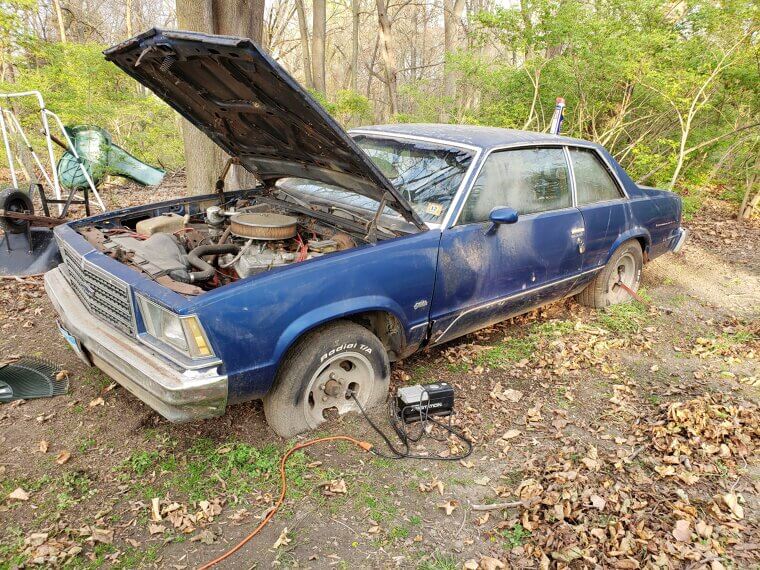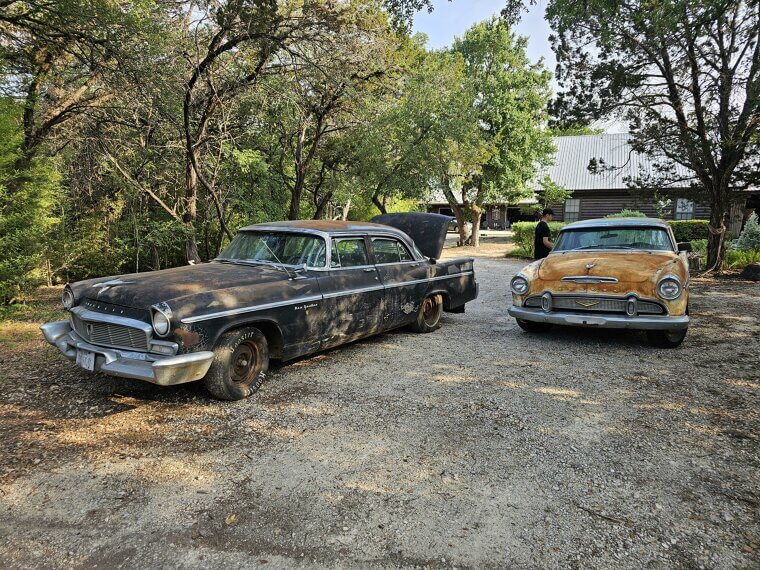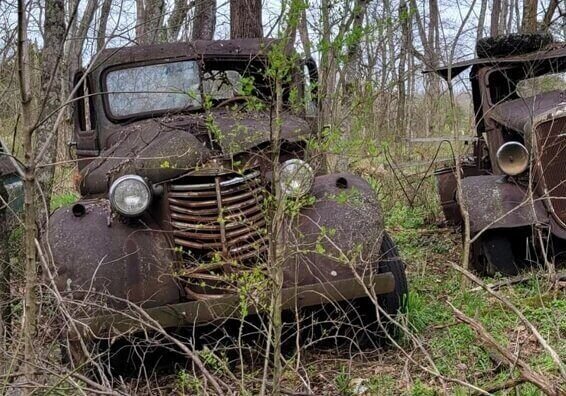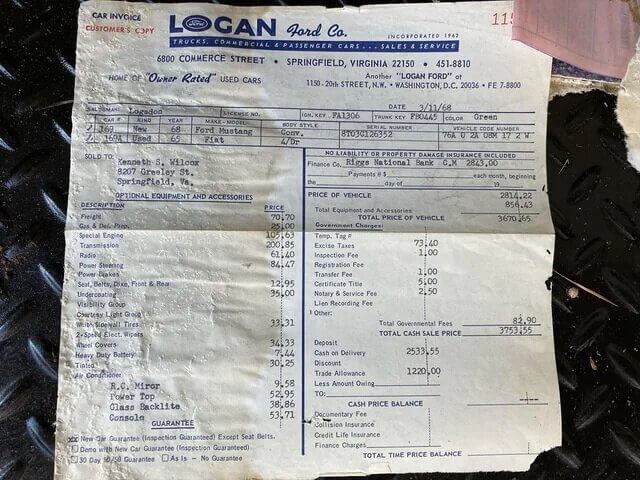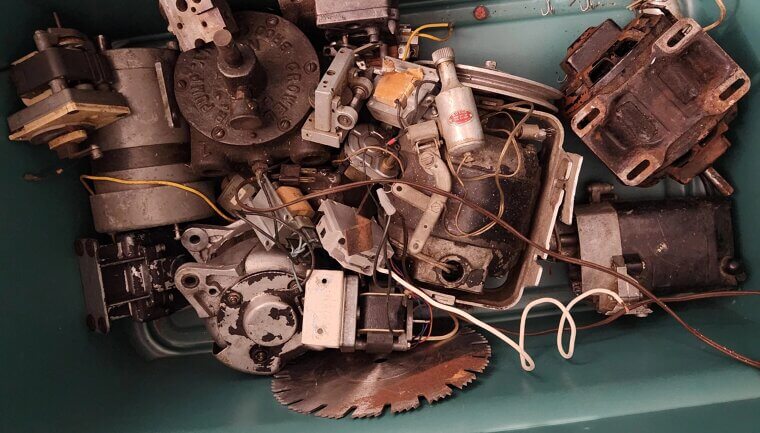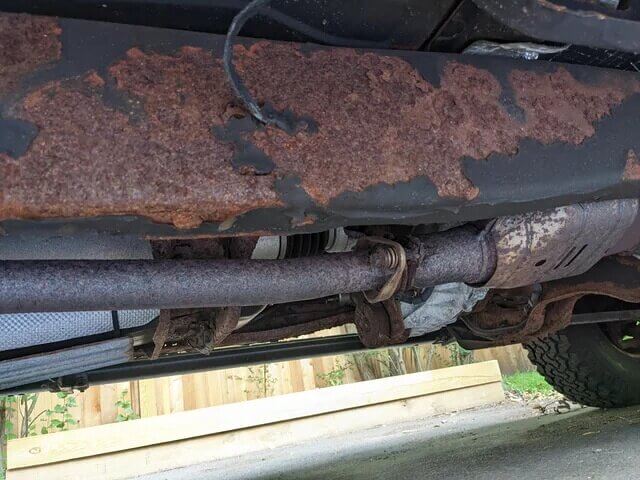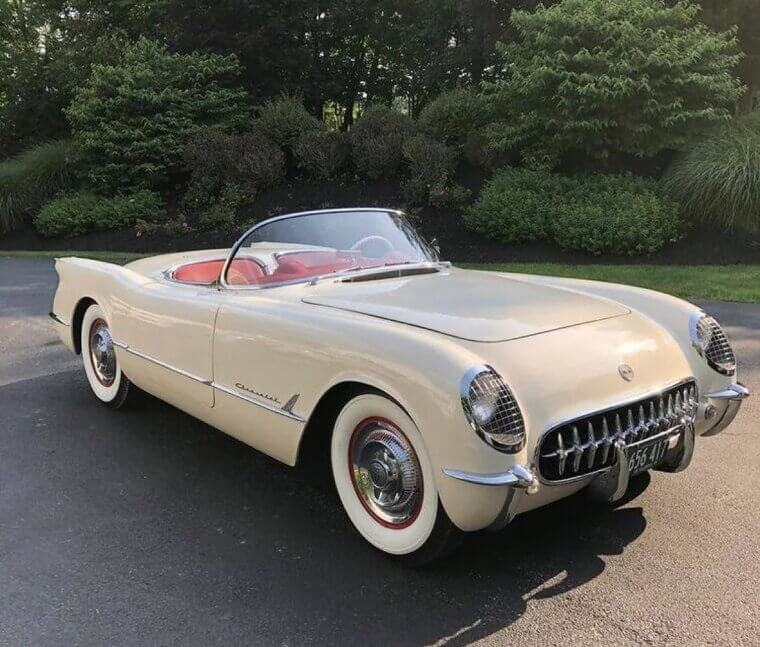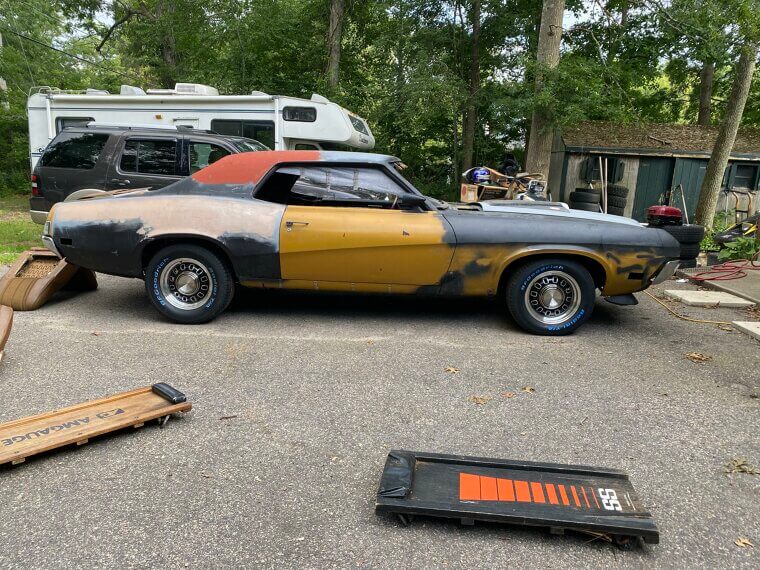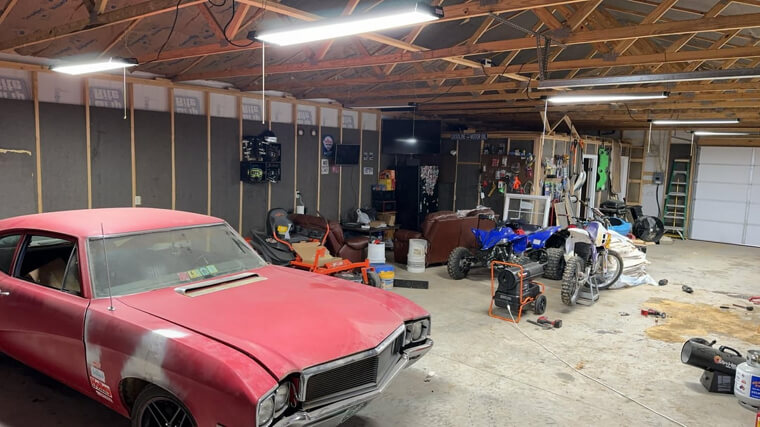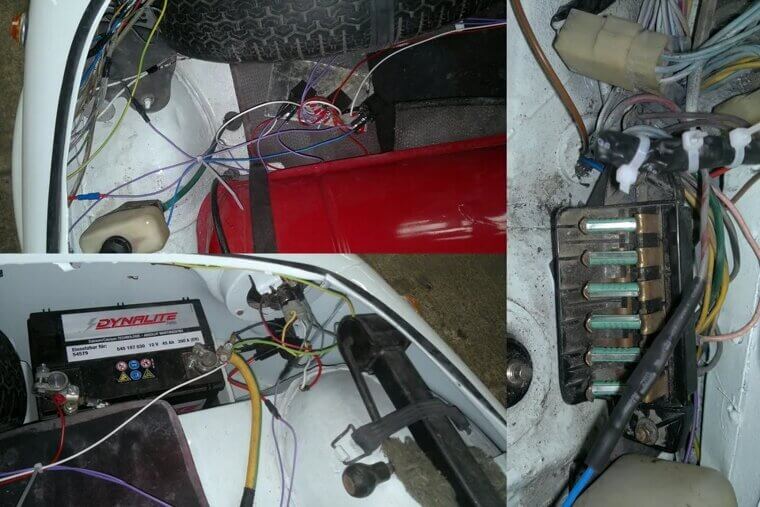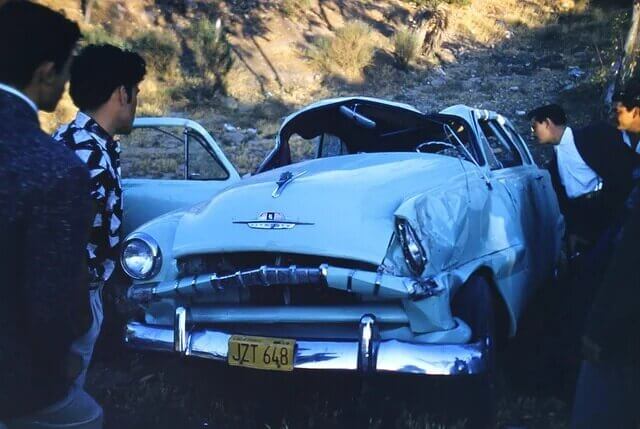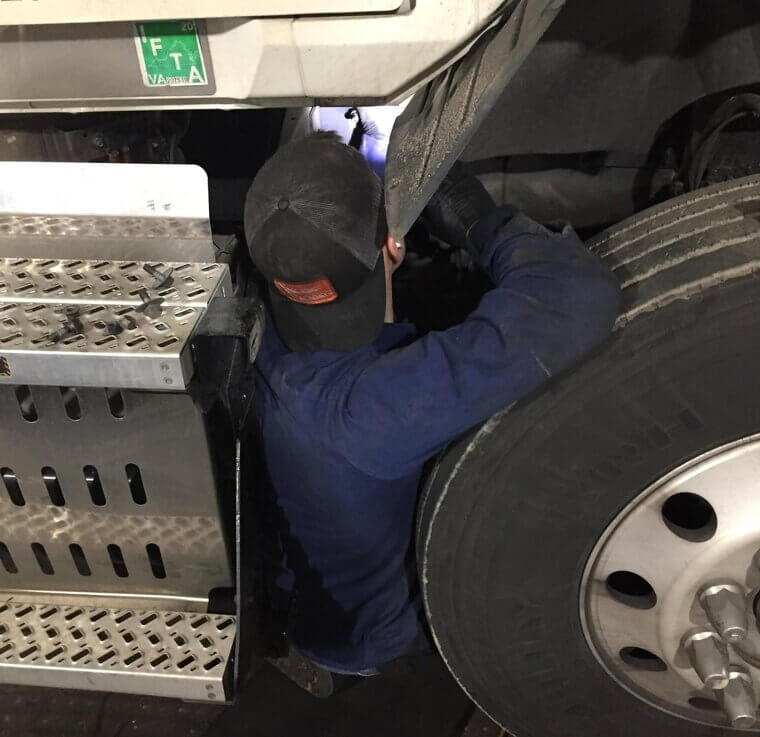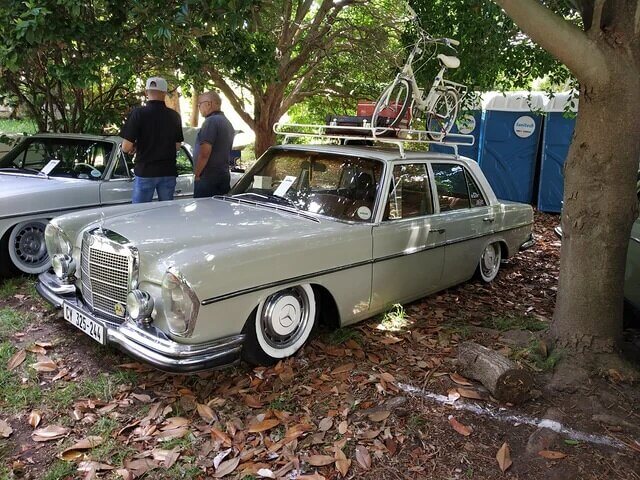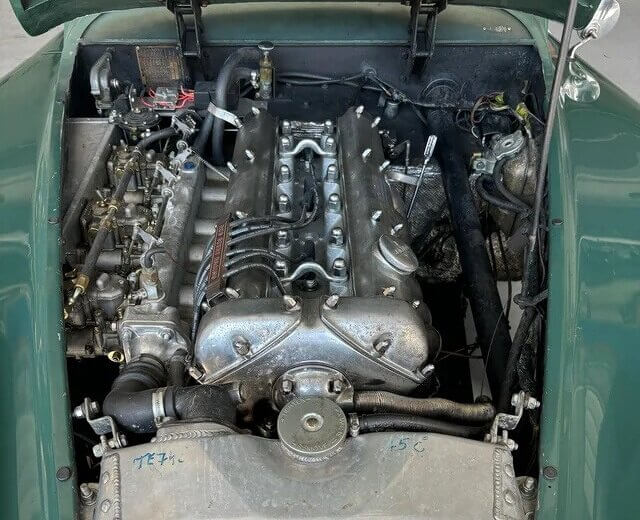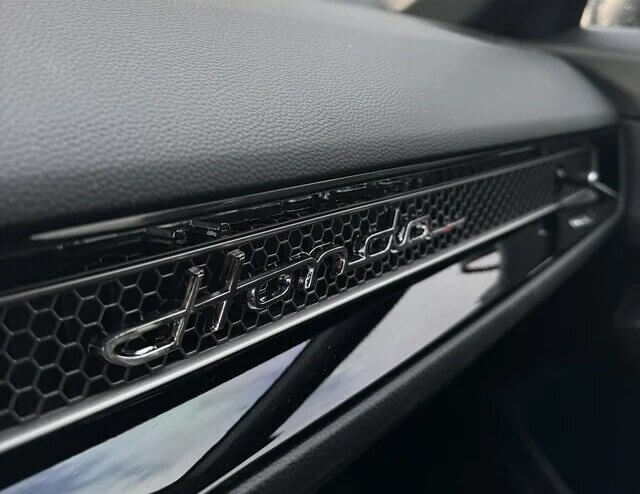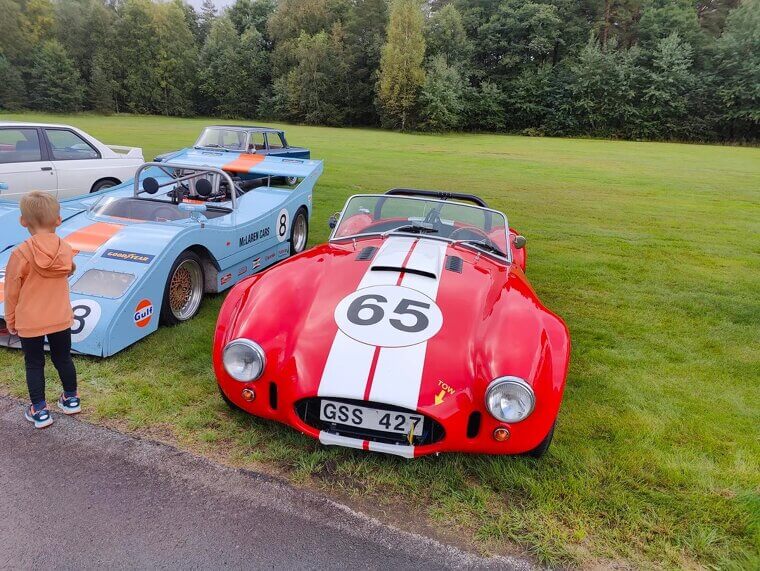Don't Do These Restorations to a Classic Car
Vintage vehicles steal the hearts of many automotive fanatics. However, restoring a classic car is a timely and arduous process that can easily go wrong if not done correctly. From a lack of planning to budgeting incorrectly, here are some common mistakes frequently made when restoring classic cars.
Over-Restoring Vehicles
At a certain point, it is essential to recognize that a project is complete. Over-restoring a vehicle is often seen as offensive by many enthusiasts who prefer period-accurate vehicles. Modern features and finishes will also decrease its value on the collectors' market. There is a fine line between creative originality and overdoing it.
Choosing the Wrong Classic Car
Choosing the wrong car for your project will be a frustrating consequence down the line. Restoration takes time, and you’ll be spending a lot of it wondering if you’ve chosen the right vehicle and model. Make sure to be certain that the car you’re restoring is, in fact, one you’re passionate about.
Ignoring Proper Documentation
When taking on any big project, you’re going to want to keep track of what you’re doing. From keeping purchase receipts for parts to proof of payment slips from mechanics, documenting the steps in your restoration is crucial. Appraisers will also want detailed records if the time ever comes to sell.
Using Incompatible Parts
It should be obvious, but using non-OEM parts is a sin in the restoration world. Whether it is for period accuracy or simply to ensure the car runs correctly, you will not want to compromise on the quality of the parts. The name of the game is respect, and honoring the heritage of the car through the use of proper components is crucial.
Skipping Rust Repair
One of the most common issues with restoration is the persistent problem of rust, particularly for collectors and enthusiasts who reside near the sea. It is essential to ensure that your vehicle has structural integrity before proceeding with rust repairs. A simple paint-over won’t do the job.
Underestimating Costs
Any true restoration project can become expensive and quickly consume the initial budget. It’s essential to set aside money for unexpected expenses that may arise during the course of your project. Underestimating costs can often lead to projects being prolonged or unfinished, causing frustration. Therefore, make sure you are properly prepared.
Cutting Corners on Paintwork
It may seem like a cheap alternative at first, but a poor paint job will peel, fade, or even bubble. Rushed work with cheap materials reflects badly on the owner and the overall condition of the car you are restoring. So go that extra mile and invest in that high-quality finish your vehicle deserves.
Rushing the Process
Like with any big project, it is essential to manage the process carefully. Take your time and ensure that all the details are taken care of. It’s a labor of love, so be patient with your project; you'll thank yourself in the long run.
Poor Electrical Work
Mismatched wires, incorrect gauges, and poorly done soldering jobs can cause both minor and major problems. From system failures to fires, you want to ensure that the wiring in your classic car is clean and well-routed to avoid problems. Vintage lighting and gauges can be finicky, so take your time to make sure they are securely installed.
Neglecting Safety
Older cars tend to be less roadworthy and less safe than modern vehicles. You do not want to compromise your safety on the road, even if that means making modifications that aren’t as period-accurate. Safety always comes first when it comes to cars.
Not Consulting Professionals
There is no shame in involving a professional mechanic or a qualified vintage restorer in your restoration project. They have experience working with similar vehicles and are familiar with all the tried-and-tested methods of restoration. Consulting a professional can also connect you with other enthusiasts who share your interests.
Forgetting Brake and Suspension Upgrades
It is common for first-time restorers to focus on the engine and exterior bodywork of the vehicle. While those are important features, it is essential to remember that some original vintage components, such as the brakes or suspension system, may not meet modern driving standards.
Correct Engine Matching
Engine matching is a crucial part of the restoration process. Installing a different engine in a vintage car may enhance its performance, but it may also diminish its appeal to purists and lower its value on the collectors' market.
Ignoring Original Markings
Ignoring the badging, exterior detailing, emblems, and trim of a vintage vehicle is a common mistake when restoring it. Sourcing original factory insignia can significantly enhance a car's value as it maintains its historical accuracy.
Not Test Driving and Tuning
Famously, a car restoration project isn’t just finished when the vehicle's appearance is complete and the car starts. The project is complete when the car has been tried and tested on the road. Ensuring all the correct tunings and alignments are met so the car performs as well as it looks.

